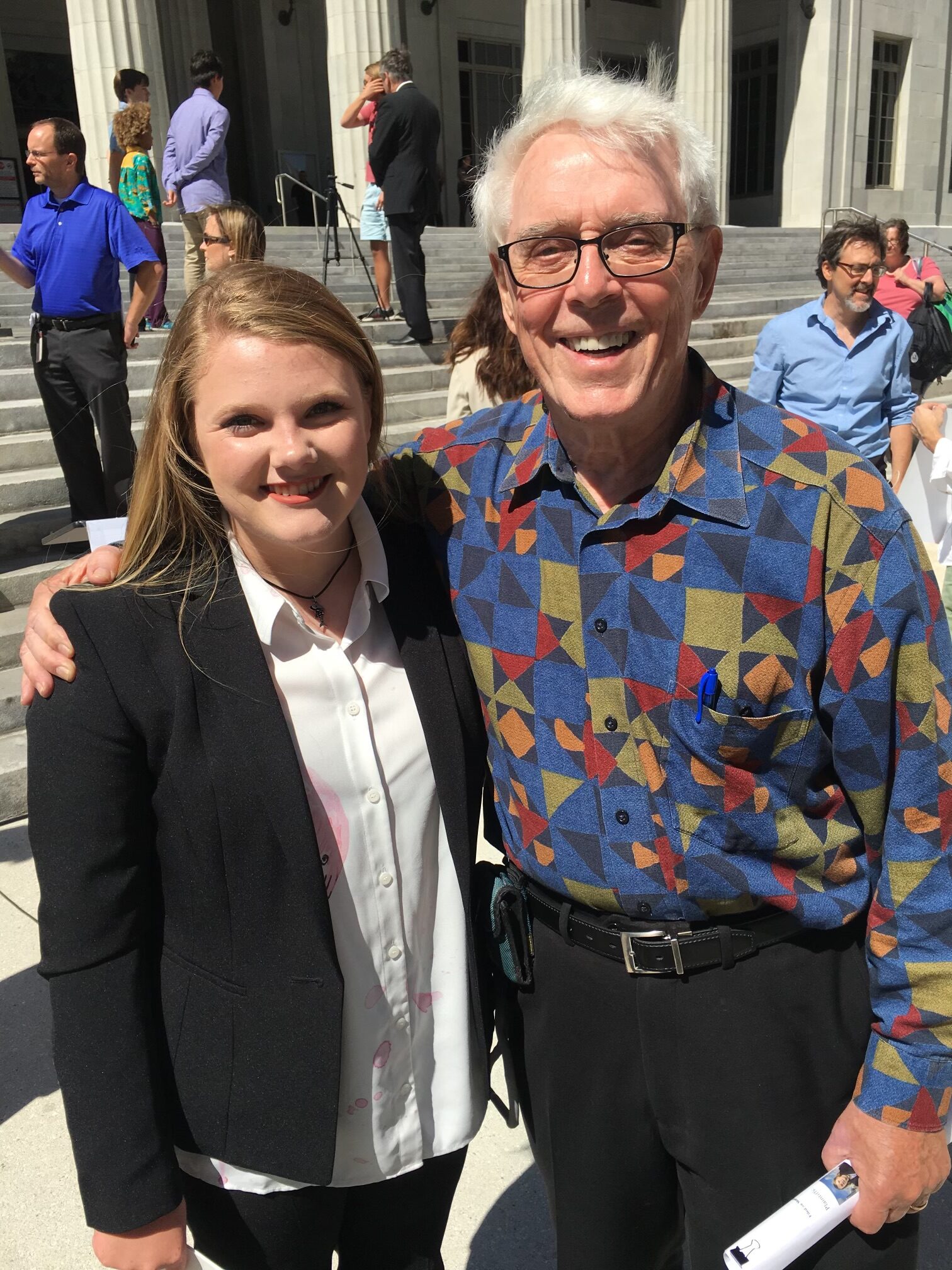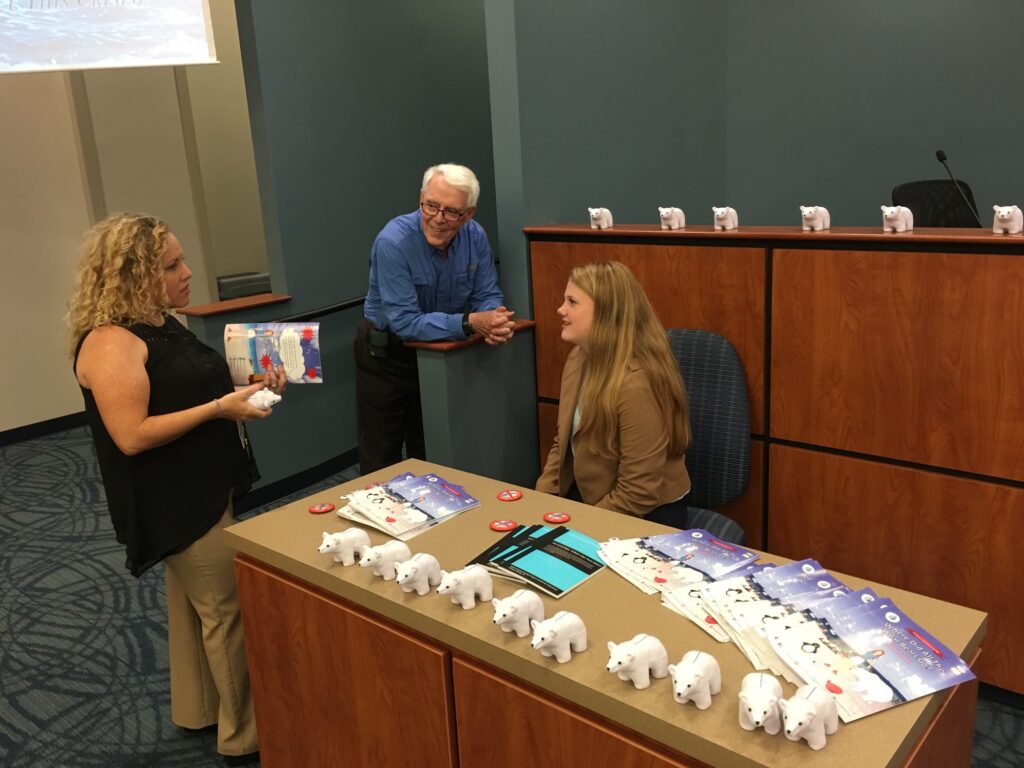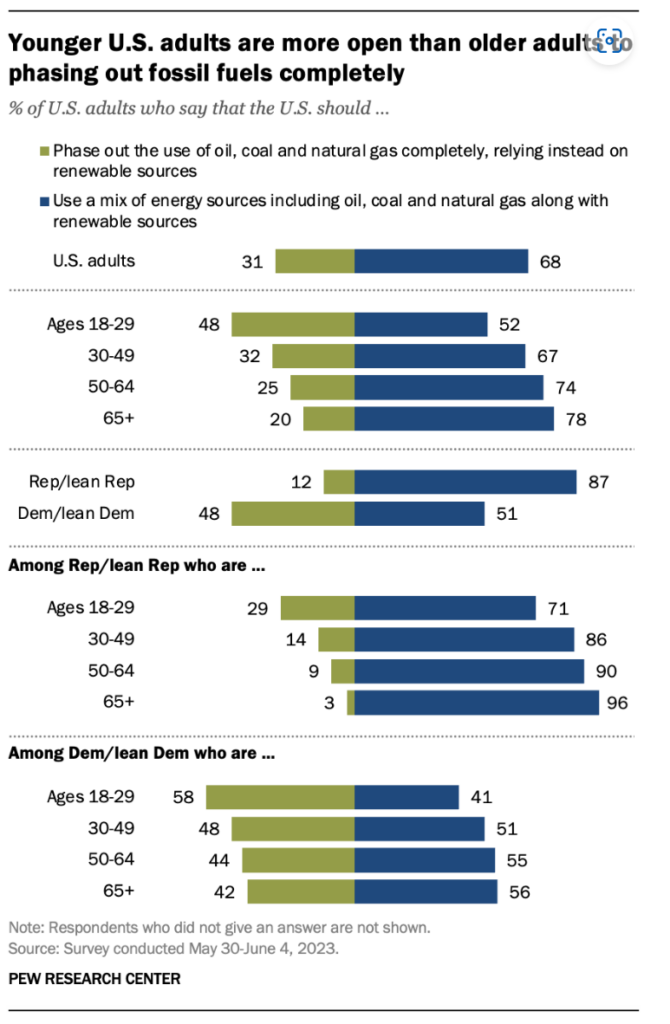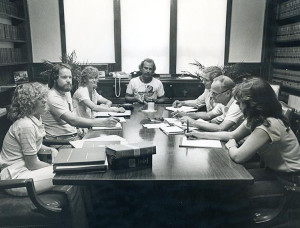Giving Thanks to my Dear Friend Dick Jacobs

With the spirit of the Thanksgiving holiday around us, I am so very thankful for my friends and family, as well as those who support my environmental work. I am grateful for all of the love, kind comments, and guidance that you provide to me that saying thanks does not nearly seem sufficient but please know it’s mostly sincerely appreciated.
And speaking of being thankful I’d like to especially dedicate my thoughts this Thanksgiving to someone in my life that recently passed away: my dear friend Richard (Dick) Jacobs, who I miss deeply.
I met Dick nearly 10 years ago while working with the youth-centric environmental law firm Our Children’s Trust. Dick quickly asked me to visit St. Petersburg to share my thoughts within his community in hopes that some of the initiatives I was involved with might be replicated there. From the very start he was enthusiastic about my work and despite a near eight-decade age difference, he quickly became a trusted friend. You see, Dick lived a storied, incredibly impactful, 92 years of life and along the way was a brilliant businessman, father, grandfather, lawyer, author, environmentalist, champion of democracy, and world traveler extraordinaire many times over. By the time of his passing, he was not just a friend but had become a mentor to me and an incredible inspiration on how to live an impactful life.

We spent countless, hundreds I dare say, hours discussing the law and legal topics in person, on the phone, and via zoom. We talked about family including his health battles and those my own mother faces. We talked about his extensive travels, as well as my own and our mutual affection for learning by getting our “hands dirty and feet wet,” as he liked to say, by getting out in nature. And we talked a lot about politics, especially the threats and opportunities that the future of democracy faces. While I am grateful for the decade I had to get to know Dick so well, I miss him every day.
Why do you write like you’re running out of time?
Write day and night like you’re running out of time?
Ev’ry day you fight, like you’re running out of time
Keep on fighting. In the meantime-
Why do you write like you’re running out of time?
Ev’ry day you fight, like you’re running out of time
Non-stop!
“Non-Stop” by Lin Manuel Miranda, Hamilton
The last time I saw Dick in person, in May 2023, when he energetically picked me up from my hotel and took me to his beloved Stetson University to meet his colleagues on campus and then sat down with me for an extended interview, is a time I will always treasure. There he was, fully 92 years of age, driving all over town with me in tow, rapidly talking about one topic after another, fully engaged in how to make our planet, society, and country better. That day, like all of the other days I knew Dick, he embodied the brilliant words from Lin Manuel Miranda’s song “Non-Stop” from his magnus opus Hamilton.
Dick accomplished so much during his time here on earth that he truly lived like he was “running out of time,” as the song says, and along the way accomplished more than most of us could in several lifetimes. Dick’s son John shared with me that his father’s passing in August happened, thankfully, quickly over just a few days and that he was surrounded by loved ones. Not surprisingly he was working on a range of important projects right up to the very end.
As a tribute to Dick and as I continue to reconcile his loss, allow me to end this Thanksgiving post by sharing the text from the comments I made at Dick’s recent memorial at the Stetson University School of Law where he and his wife Joan created the Jacobs Public Interest Law Clinic for Democracy and the Environment as a lasting legacy. I am grateful to Joan, Julie, and John for honoring me by allowing me to speak at Dick’s memorial service that day and can only hope that my comments were worthy of our friendship and the life of such an impactful person.
Honoring Dick Jacobs
Good afternoon everyone.
I’d like to begin by thanking the Jacob’s family, especially Mrs. Jacobs, Julie, and John for inviting me here today and allowing me to speak. While losing Dick is profoundly painful to all of us I want you and your family to know that while he’s not with us in person today his lasting legacy as a Force of Nature will be with each of us forever.
As you heard, my name is Delaney Reynolds and I think I can help celebrate Dick’s life in a somewhat unique way, a way that illustrates how the work he was so passionate about later in his life allowed him to be a key mentor, an inspiration, and, I dare say, a good friend and colleague over the last decade of his life and during a formative time in my own life.
As many of you likely know, Dick was a great many things including a devoted husband and father, esteemed lawyer, successful businessman, author, defender of democracy, and world traveler.
He was, right to the day he died, a Force of Nature for sure.
I met Dick nearly a decade ago as a result of our mutual passions to protect our environment and our dire concerns about earth’s climate crisis. My work at the time led me to connect with Julia Olsen at the Oregon-based environmentally focused law firm supporting youth all over the country intent on fighting for climate justice, Our Children’s Trust, and they in-turn introduced me to Dick.
From our first conversation it was a match made, as they say, in heaven.
Dick seemed to truly appreciate my passion for a subject so important to him and often told me that he believed that I could help carry on his mission and message when he no longer could. In those early years I was not exactly sure what he meant by such comments but the more I grew to know and work with him, the more adventures we shared together, the more it became clear how truly similar our thoughts, concerns, and passions were.
Dick quickly became a trusted mentor, advocate, and passionate supporter of my own environmental work and concerns. His enthusiasm for working with youth and saving the environment was both humbling and motivational. He was far too generous in his comments about my work, the videos he’d seen of me speaking, my blog postings and on and on but it also instantly occurred to me that if the thoughts I was sharing with the world resonated with someone so esteemed, so special as Dick, then perhaps I could truly make a positive difference and help make things better. So, from the start, Dick’s friendship was not only an honor but highly educational and motivational and as time passed I became certain that it was also intentional on his part to pass on some of his wisdom to me.
For the time and effort he invested in me I will always be grateful.
Never one to be idle, each of our many adventures had a purpose and those purposes were always to produce an impact.
When I tell you that the Dick Jacob’s I know was serious about being a Difference Maker and a Force of Nature, I am not kidding. Our time together, especially when we were together in person, was a powerful time to get our hands dirty and feet wet together as Dick would say. I have so many such adventures that I could share but a few that standout in my mind include:
- The time he invited me to the Vinoy in St. Petersburg to speak at an insurance conference, to take my concerns and the science of climate change right to one of the industries, insurance in that case, at the center of the crisis. It was pure Dick Jacobs, attacking the issue and industry by arranging to have child educate the adults in the room about the science of climate change.
- And in true Dick Jacob’s form, the very next day he arranged to have he and I speak to the St. Petersburg City Council, to tell them about a mandatory solar power law that I had written for the City of South Miami. The purpose of my talk was to educate the city leaders about my new law, but Dick and I privately hoped St. Pete might be inspired to want to implement a similar law.
And I will tell you that it nearly did do just that until some of the political leaders up for re-election got cold feet when a few voters pushed back on the idea. If anyone is here from the city today it sure would be a lovely legacy to Dick if you would implement such a law very soon!
- He and I also sat on numerous panel discussions together. One memorable one was the USF St. Petersburg OPEN Conference where we both took joy in sharing our mutual concerns from two vastly differently generational points. Dick resonated with older folks and I with youth. That day and the impact we had was and remains something I am very proud about.
- As many of you may know, Dick was a prolific writer, and not only did I love his books, but his frequent blog postings are a treasure that will last well beyond his life. With his kind permission he was frequently a guest writer on my own climate change-related blog and was always generous and eager to allow me to share his brilliant thoughts about environmental or political matters.
- Much of our work however was not out in the public and instead related to discussing and researching legal strategies concerning the historic climate case, Reynolds versus Florida, that I led a few years ago or my more recent work on our successful Florida Department of Agriculture sustainable energy rules Petition. Dick was not just a lawyer, but a true legal scholar and it was an amazing experience to work with him on these important matters.
- And speaking of our work together and adventures, I will never ever forget the last time I was with Dick in person. In May of this year at his invitation I travelled to St. Petersburg and spent an entire day with Dick.
Despite being 92 his energy level as he picked me up at my hotel and drove us around town was, as always, infectious and his mind was racing with one idea after another.
He proudly gave me a tour of the Stetson University College of Law, introduced me to faculty as if I were family, and then facilitated my meeting Jackie Lopez so that she and I could discuss the Jacobs Law Clinic for Democracy and the Environment that he and Mrs. Jacobs had created.
And, as if that were not enough adventure for one day, Dick graciously then sat with me for over two hours and allowed me to record an interview with him about his life’s work, travels, thoughts on a range of topics, and experiences for a book that I am writing.
I am deeply grateful for that special day with Dick and will never, ever forget it nor how he supported me over the last decade of his life.
Allow me to end my comments by thanking Dick for not only being a mentor to me in a traditional sense, but for being a guiding light, a source of inspiration, and a source of unwavering support.
You see, in 2021 I was finishing up my senior year of undergraduate school and in the midst of that was considering my future, a topic I frequently talked to Dick about and a subject he always asked about whenever we spoke. My sights, at the time, were set on pursuing a Ph.D. and yet, my legal work with Dick, my friend Mitch Chester, and the team at Our Children’s Trust certainly including my dear friend and another inspiration, Andrea Rogers, weighed heavy on my mind. Dick was never shy about saying that I was destined to go to law school.
As I was pondering all of this I learned about a unique graduate program at my beloved University of Miami where I could earn both a law degree, my Juris Doctorate, and science-based Ph.D. And when I discussed the idea with Dick he was, to say the least, ecstatic. After that first conversation many others followed and the more we talked the more sense that path made as I realized that so many of the solutions to our climate change crisis are at the intersection of policy making, the laws and associated politics that will help solve the problem and the science related to what is happening and why its happening.
I am pleased to share with you that today I am finishing my third and final year of law school and the second year of my Ph.D. studies. And, needless to say, I really do have Dick to thank for encouraging me to embrace this crazy educational adventure of mine. Thank you, as always, Dick for being an inspiration in so many ways small and large.
As we reflect upon Dick’s incredibly well lived life, let us remember his warmth, wisdom, and the countless ways he enriched our lives. Dick’s legacy will continue to live on in our hearts and minds as he has left an indelible mark on this world through the lives he touched. That’s most certainly the case with my own.
Let us honor Dick’s legacy by carrying forward the lessons he impaired upon us and let us find comfort in knowing that his legacy should forever inspire us to strive to work for a better environment and a better world.
I’d like to end with a quote from Dick’s wonderful book, Wanderlust, where he explained in beautiful words and pictures taken from his own adventures all over the world as a Wonderer and a Wanderer, as he called himself:
My Life will be my argument.
I will be a Difference Maker.
I will be a Force of Nature.
Dick, your argument, your remarkable life, speaks for itself. Bravo.
And Dick, I will, I promise, do my best to be a Difference Maker and a Force of Nature and most importantly, to make you proud.
Thank you.
To learn more about Dick and his work please consider enjoying one or more of his books including Democracy of Dollars or Wanderlust (both available on Amazon) or his exquisite blog “The Brutus Papers” which you can visit by clicking here. To learn more about the Stetson University Jacobs Public Interest Law Clinic for Democracy and the Environment, please visit here.









